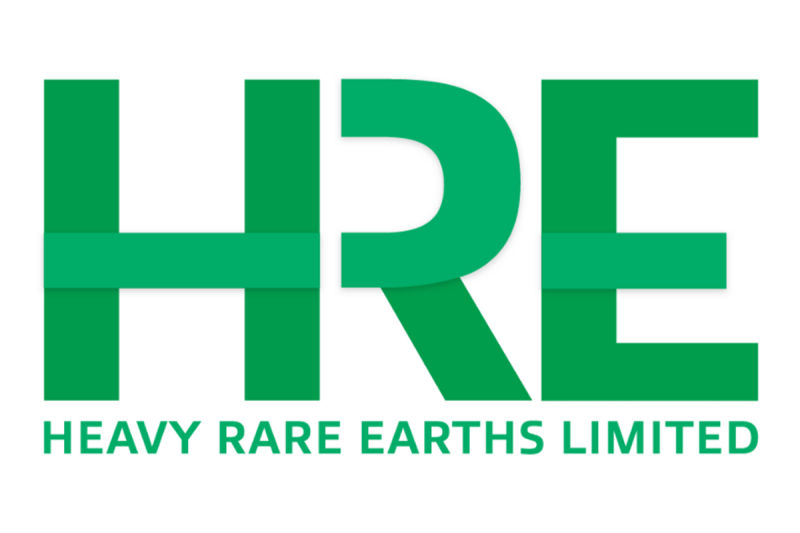Heavy Rare Earths Limited (“HRE” or “the Company”) announces assay results from initial reference sampling at its Radium Hill project in South Australia. The Company recently announced it had acquired an 80% initial interest in the uranium rights on three projects from Havilah Resources Limited (Figure 1) (refer to ASX announcement 21 October 2024). These rights extend to rare earths (REE) and scandium (Sc) at Radium Hill.
Assays of uranium mineralization from Radium Hill return highly elevated rare earths (up to 3.6% TREO) and scandium (up to 1081 ppm Sc2O3)
HRE recently announced the acquisition of an 80% initial interest in uranium rights on a highly significant land package in South Australia’s Curnamona Province, including the Radium Hill Project
These mineral rights extend to rare earths and scandium at Radium Hill
Rare earths were first recognised at Radium Hill in 1908
Academic studies of Radium Hill mineralization have recorded values of up to 7% REE12 and 3000 ppm Sc3
2.6 million lbs @ 0.12% (1,200 ppm) U3O8 was mined at Radium Hill between 1954 and 1961
Samples were analysed to test the potential for REE and Sc in uraniferous Radium Hill lode- style mineralization. These lodes are known to extend from the historic Radium Hill mine for at least 7 kilometres in a northeast direction to Bonython Hill (Figure 2). A total of five samples were collected from historic dumps, both within the historic Radium Hill Mine site, which is excluded from HRE’s Radium Hill project, and from lode extensions which are in the project area.
Mining at Radium Hill first occurred in 1908 with the main phase of mining taking place between 1954-1961. Although the main focus of mining was on production of uranium, the presence of significant quantities of rare earths have been known from the earliest stages.
Soon after discovery of Radium Hill in 1906, the famous geologist, Antarctic explorer and academic Sir Douglas Mawson, described a previously unknown uranium mineral which he named ‘davidite’ and noted the new mineral contains “a notable amount of rare earths, uranium, vanadium, and chromium”.4
During the main mining phase when 2.6 million lbs of U3O8 were mined, there was no attempt to extract rare earths or other metals until the last stages of the operation when a solvent extraction plant was constructed on the site by AMDEL (1960‐62). This plant produced mainly scandium with some yttrium oxide (Y2O3) and other rare earth oxides although production figures are unclear and ore assays unavailable.
Of the five samples in the current program, three (samples RH-1, RH-2, RH-C) were collected from ore dumps adjacent to the historic Radium Hill processing plant, one (RH-B) from a dump adjacent to a historic shaft at Radium Hill North and another (RH-A) from a stockpile at Bristowe’s prospect. Sampling was designed to confirm historic reports of rare earths, scandium and other elements in Radium Hill-style uraniferous lode mineralization.
Assay results returned significant values for all five samples (Table 1).
In addition to uranium, it is apparent there are high concentrations of scandium and rare earths in these davidite-bearing samples which confirms the historic observations. The Company emphasises that these samples were collected and assayed for the purpose of checking the concentrations of metals associated with uranium in order to ascertain the validity of previous scant literature reports. These sample results are not purported to be representative of the mineralization in the region, which would require systematic sampling, including drilling and/or costeaning, to reach any firm conclusions. However, the associated metal results are sufficiently encouraging to warrant detailed follow up and inclusion in the Project’s future assay protocols and metallurgical treatment considerations.
Click here for the full ASX Release

